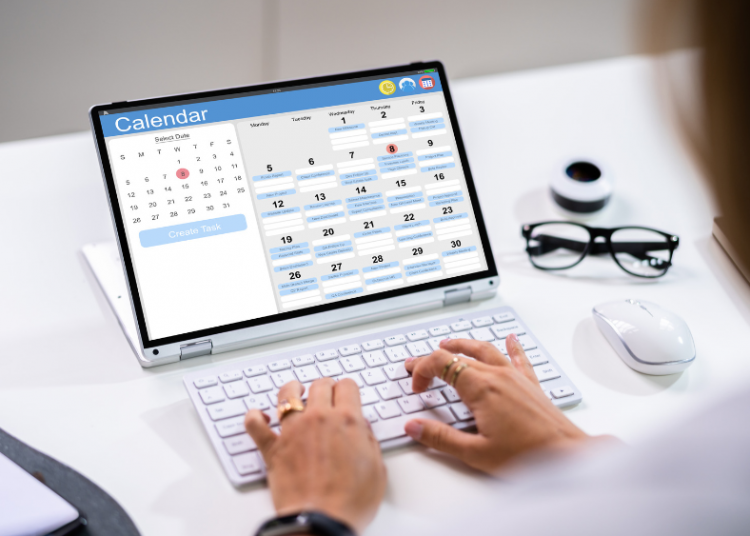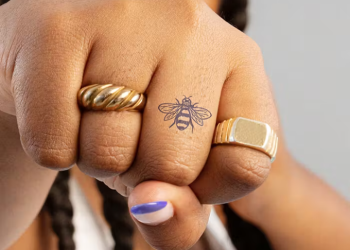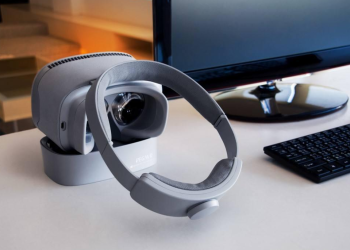Digital art offers a world of creativity and expression, but for beginners, it can be overwhelming to know where to start. In this guide, we’ll explore 10 essential digital art techniques that every beginner should try.
H1. Introduction
Digital art has become increasingly popular in recent years, thanks to advancements in technology and the accessibility of digital tools. Whether you’re an aspiring artist or just looking to explore your creative side, learning digital art techniques can open up a whole new world of possibilities.
H2. Understanding Digital Art
Before diving into specific techniques, it’s important to understand what digital art is and why it’s significant. Digital art encompasses any form of artistic expression created using digital technology, such as computers, tablets, and software. From digital painting to photo manipulation, the possibilities are endless in the digital realm.
H3. Importance of Learning Digital Art Techniques
Learning digital art techniques offers numerous benefits, including:
- Flexibility: Digital art allows you to work anytime, anywhere, without the need for traditional art supplies.
- Versatility: With digital tools, you can easily experiment with different styles, mediums, and effects.
- Accessibility: Digital art software is widely available and often more affordable than traditional art supplies.
- Collaboration: Digital platforms enable you to connect with other artists and share your work with a global audience.
H4. Setting Up Your Digital Workspace
Before you begin creating digital art, it’s essential to set up a comfortable and ergonomic workspace. Make sure you have a reliable computer or tablet, a stylus or digital pen, and a high-quality display monitor. Invest in a comfortable chair and ergonomic accessories to prevent discomfort during long creative sessions.
H5. Getting to Know Your Tools
Familiarize yourself with essential digital art tools and software, such as Adobe Photoshop, Procreate, and Clip Studio Paint. Take the time to explore each tool’s features and functions, experiment with different brushes and settings, and find what works best for you.
H6. Sketching and Drawing Techniques
Start by practicing basic sketching and drawing techniques using your digital tools. Experiment with different brush sizes, pressure sensitivity levels, and stroke techniques to create varied line weights and textures. Focus on developing your hand-eye coordination and mastering fundamental drawing skills.
H7. Understanding Layers and Masks
Layers and masks are powerful features in digital art software that allow you to organize and manipulate your artwork with ease. Learn how to create and manage layers, adjust layer opacity and blending modes, and use masks to control the visibility of specific areas of your artwork.
H8. Color Theory and Palettes
Understanding color theory is essential for creating visually appealing and harmonious artwork. Familiarize yourself with basic color concepts such as hue, saturation, and brightness, as well as color harmonies such as complementary, analogous, and triadic colors. Experiment with different color palettes to evoke different moods and emotions in your artwork.
H9. Texturing and Brush Techniques
Experiment with texturing and brush techniques to add depth and realism to your digital artwork. Explore different brush presets, textures, and blending modes to create dynamic and expressive brushstrokes. Practice layering and blending techniques to achieve realistic effects such as fur, foliage, and skin textures.
H10. Creating Digital Illustrations
Once you’ve mastered the basics, try your hand at creating digital illustrations. Start with simple subjects and compositions, gradually increasing complexity as you gain confidence and skill. Experiment with composition, lighting, and storytelling to create captivating and engaging illustrations.
H11. Digital Painting Techniques
Digital painting offers endless possibilities for artistic expression and creativity. Experiment with different painting styles, such as realism, impressionism, and abstract art. Explore techniques such as wet-on-wet blending, dry brushing, and glazing to create rich and vibrant paintings digitally.
H12. Photo Manipulation
Photo manipulation allows you to transform and enhance photographs digitally. Learn how to use selection tools, adjustment layers, and filters to manipulate colors, tones, and textures. Experiment with compositing and collage techniques to create surreal and fantastical images.
H13. Typography and Design Basics
Typography and design are essential aspects of digital art, particularly for graphic design and illustration projects. Learn about typography principles such as font selection, hierarchy, and spacing, as well as design principles such as balance, contrast, and proportion. Experiment with combining text and imagery to create visually striking designs.
H14. Animation Basics
If you’re interested in animation, start by learning the basics of digital animation techniques. Explore keyframe animation, tweening, and motion graphics to bring your artwork to life. Practice creating simple animations such as bouncing balls, moving characters, and animated logos.
H15. Experimenting and Practicing
The key to mastering digital art techniques is experimentation and practice. Don’t be afraid to make mistakes or try new things. Set aside dedicated time each day or week to practice your skills, explore different techniques, and push your creative boundaries.
H16. Conclusion
In conclusion, learning digital art techniques is an exciting and rewarding journey that offers endless possibilities for creative expression. Whether you’re a beginner or an experienced artist, experimenting with different techniques and pushing your creative boundaries can help you grow and evolve as an artist.

FAQs After The Conclusion
1. Do I need expensive equipment to start learning digital art? You don’t need to invest in expensive equipment to start learning digital art. Many affordable tablets, styluses, and software options are available for beginners.
2. Can I use digital art techniques for professional projects? Yes, digital art techniques are widely used in professional fields such as graphic design, illustration, animation, and digital marketing.
3. How long does it take to master digital art techniques? The time it takes to master digital art techniques varies depending on your dedication, practice habits, and natural talent. With consistent practice and perseverance, you can improve your skills over time.
4. Are there online resources available for learning digital art techniques? Yes, there are many online tutorials, courses, and communities dedicated to digital art. Websites like YouTube, Udemy, and Skillshare offer a wealth of educational resources for beginners and advanced artists alike.
5. Can I combine traditional and digital art techniques? Yes, many artists combine traditional and digital art techniques to create hybrid artworks. Experimenting with different mediums and techniques can lead to unique and innovative artistic expressions.
6. Are there any copyright issues with using digital art techniques? It’s essential to respect copyright laws and obtain permission or licenses for any copyrighted material you use in your artwork. Be sure to familiarize yourself with copyright laws and seek legal advice if needed.
7. How can I showcase my digital artwork online? There are many online platforms where you can showcase your digital artwork, including social media sites like Instagram, ArtStation, DeviantArt, and Behance. Create a portfolio website or online gallery to display your work and attract potential clients or collaborators.
8. What should I do if I’m struggling to learn digital art techniques? If you’re struggling to learn digital art techniques, don’t get discouraged. Take a break, seek inspiration from other artists, and experiment with different approaches. Remember that improvement takes time and perseverance, so keep practicing and pushing yourself to grow as an artist.
















